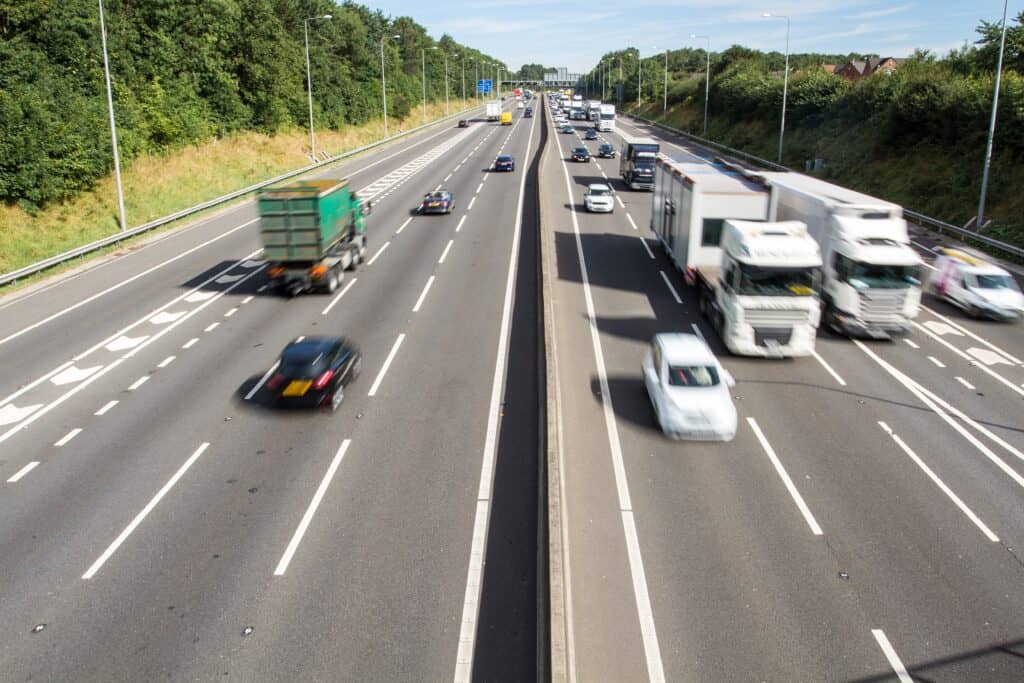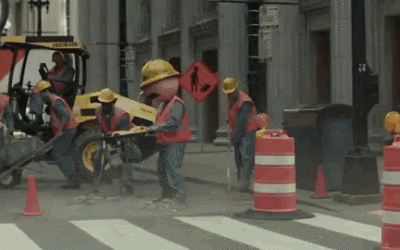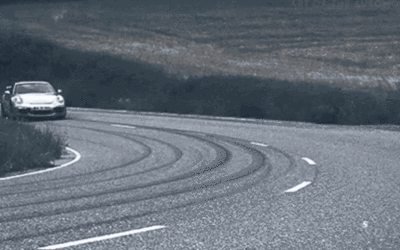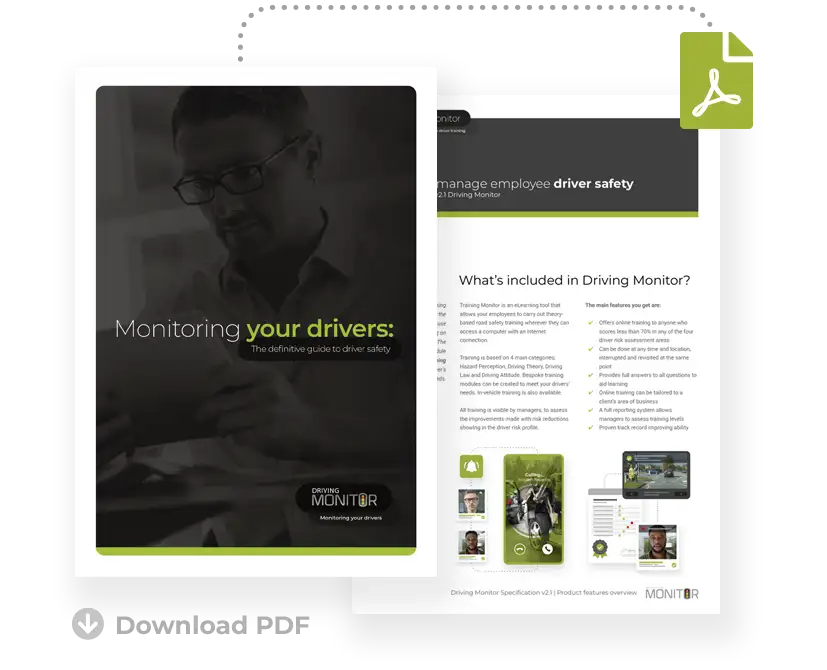Smart Motorways: ‘Most’ drivers want permanent hard shoulder to return

A recent survey focusing on smart motorways has found that 6 in 10 drivers think a permanent hard shoulder should be reinstated.
Smart motorways were first introduced in the UK back in 2002, with All Lane Running (ALR) versions arriving in 2014.
They have significant advantages, such as using traffic management methods such as variable speed limits and the hard shoulder being used as a running lane to control traffic flow.
One of the key benefits is that you don’t need to build additional lanes to implement smart motorways.
The survey found that drivers were keen to retain the technology that manages traffic flows and detects breakdowns but had safety concerns around the lack of permanent hard shoulder.
How safe are smart motorways?
There’s no doubt that the technology implemented on smart motorways has made the roads safer – the risk of an accident between two moving vehicles has been significantly reduced. That’s because they allow speed limits to be varied to control traffic and keep things moving thanks to the series of cameras that cover the roads.
But there are concerns that where hard shoulders have been removed the risk of an incident involving a moving and stationary vehicle has increased.
The problem is that should a vehicle break down or stop for any reason, they’ll be stranded in a live lane – hoping that the vehicles behind them will notice the hazard ahead and avoid them.
The system will recognise there is a stationary vehicle on a smart motorway, but any delay between the vehicle becoming stationary and the system diverting traffic to other live lanes could cause issues.
What’s happening with smart motorways?
Following several significant incidents, the government commissioned a review into smart motorways, which recommended an 18-point action plan to enhance the safety of the roads.
That includes several vital safety measures, such as reducing the distance between refuge points from 1.6 miles to 1 mile.
No new all-lane-running (ALR) motorways will be allowed to open without radar technology to spot stopped vehicles on the hard shoulder, which has been a safety concern since Smart Motorways were implemented in the UK.
That technology is set to be rolled out on all operational ALR roads by September 2022, while Highways England is currently upgrading Smart Motorway cameras to enable them to detect any cars driving in closed lanes. This is known as a ‘red X’ violation, which can be enforced by police.
These Red X violations will result in drivers being hit with an automatic £100 fine and three penalty points once camera enforcement is operational.
Highways England have also announced plans for a further 300 miles of smart motorway to be added to the UK’s roads by 2025, demonstrating the government’s confidence in it.
Despite this, some experts have expressed concern that cameras enforcing ‘red x’ closed lane signs will not be fully operational for another 18 months, despite the progress made on Smart Motorway safety.
How confident do you feel when you’re driving on a Smart Motorway? Are you aware of the new rules? And how will the changes affect your fleet? Tell us at [email protected]










